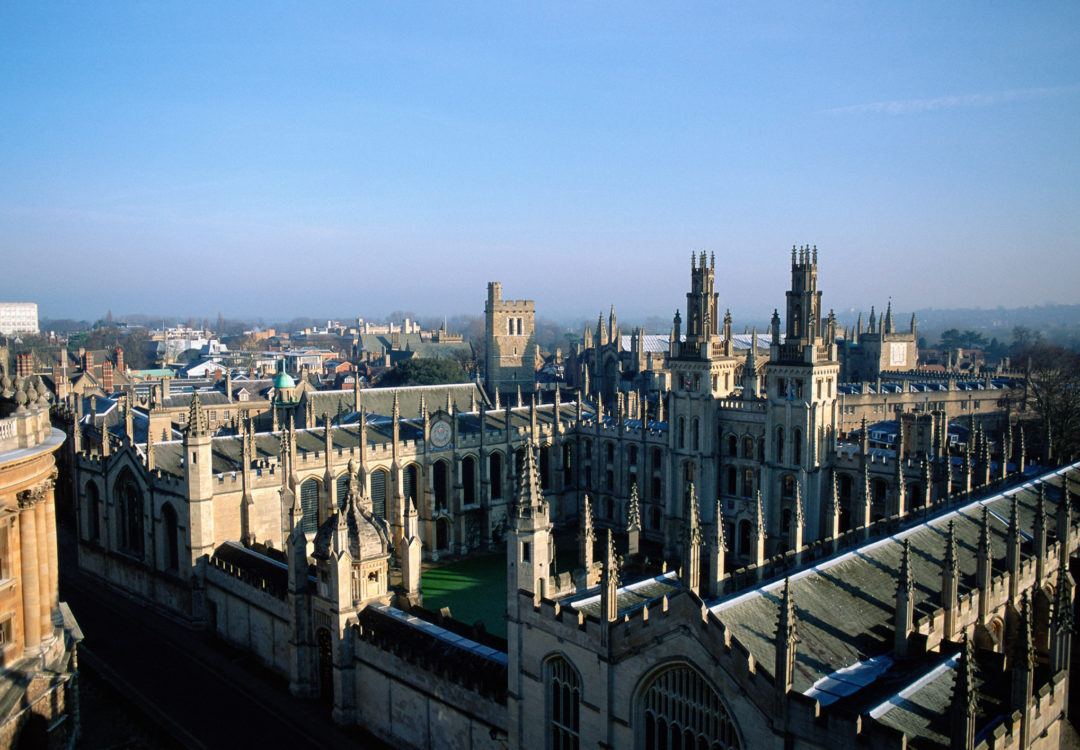Retail Scanner
Showing your ethical credentials
Juni 2018
Can use be made of certification marks to promote your ethical standards? In October 2017, the BBC aired the first program in a series called BLUE PLANET II. Narrated by Sir David Attenborough, the program not only brought the creatures of the deep to our screens but also the ecological issues caused by plastic waste.
Issues surrounding the ethical and sustainable sourcing of products as well as recycling are not new to us. However, there is a growing consumer interest in purchasing products from sources that they understand as doing social or environmental good.
A study produced by Unilever in January 2017 showed that a third of consumers (33%) preferred to purchase goods they perceived as ethical over others¹. Ethical spending now represents an £81.3 billion market in the UK and it continues to grow. There is an estimated EUR 966 billion opportunity existing for brands that make their sustainability credentials clear¹.
Companies can make such credentials clear to consumers through the utilisation of marks or logos that are associated with an ethical or sustainable characteristic. Two ways in which such marks or logos can be protected as Intellectual Property are: Certification Marks and Trade Marks.
What are Certification Marks
A certification mark is one which indicates to consumers that the goods or services they are purchasing are certified in respect of a certain set of characteristics, for example origin, materials, mode of manufacture of goods or performance of services, quality, accuracy etc. The purpose of a certification mark is to distinguish the goods or services which are certified from those which are not.
Examples include:
Assured Food Standards
Carbon trust Footprinting Company Limited
Owned by Cruelty Free International
Certification marks are applied for at the UKIPO in the same way as other trade marks but must be supplemented within 3 months of the filing date with regulations governing the use of that mark. Similar to “ordinary” trade marks, applications for certification marks are examined by the UKIPO on both absolute and relative grounds.
In addition, they must fulfil the following criteria:
- The Applicant of a certified mark must not carry on a business in the goods or services certified. Accordingly, if the UKIPO identifies during its examination that the Applicant is also the owner of an earlier ordinary trade mark covering goods or services identical to those of the certification mark, this will be taken as a prima facie indication that the proprietor of the certification mark also carries on a business in those goods or services. Therefore, a refusal will be issued. An independent body must therefore apply for the mark.
- The Applicant must be competent to certify the goods and services for which the mark is to be registered.
Protection by using Trade Marks
Unlike certification marks there isn’t a restriction on the Applicant not to carry on a business in the goods or services certified, nor that they be competent to certify the goods or services. Accordingly, ordinary trade marks can be the better option for retailers and manufacturers, in particular, who wish to protect a logo or mark that will signify that their specific products have an ethical or sustainable characteristic.
However, there are two issues that should be borne in mind when taking this route:
- The mark or logo still needs to fulfil the inherent register ability requirements as to distinctiveness to be accepted by the UKIPO. So it cannot be exclusively descriptive or non-distinctive in relation to the goods or services.
- Consumers must still be able to distinguish the goods and services as coming from one specific undertaking rather than being used across multiple undertakings or there is a risk of the mark becoming generic or descriptive. This could then lead to the registration becoming vulnerable to cancellation in the future
Conclusion
The benefits to a certification mark over an ordinary trade mark is that the consumer does not need to associate it with one particular undertaking. However, as they cannot be owned by parties who also carry on a business in the goods or services of interest, they often cannot be utilised by manufacturers or retailers.
Accordingly, for manufacturers and retailers, ordinary trade marks are still likely to be the best option for protecting such logos or marks. Nevertheless, they must be careful that the marks that they are trying to protect are not found to be exclusively descriptive or non-distinctive and to avoid them becoming generic in the future.
By Tanya Waller – Tanya joined HGF in March 2017 after several years in-house at a multi-national FMCG company. Tanya has experience providing support on brand development, growth and protection with a client focus.

































